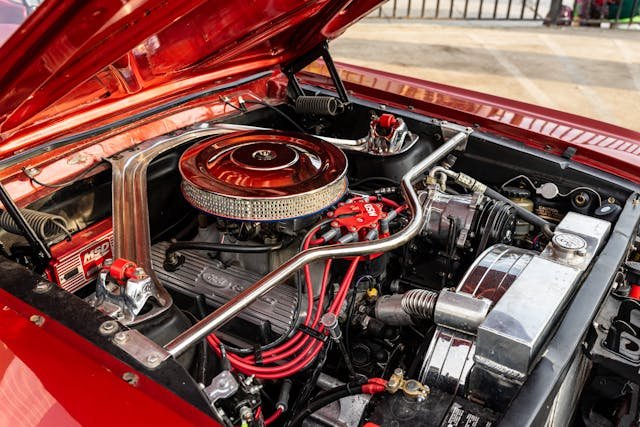
Cold Air Intake 101: A Beginner’s Guide
Cold air intake systems are aftermarket components designed to improve the engine’s performance by delivering cooler air into the combustion chamber compared to stock intake systems. This article provides a comprehensive beginner’s guide to cold air intake systems, exploring their functionality, benefits, installation considerations, and factors to consider when choosing one for your vehicle.
How Cold Air Intake Systems Work
Cold air intake systems work by replacing the factory-installed intake system with a more efficient design that draws cooler air from outside the engine bay. By positioning the intake filter and tubing away from the heat generated by the engine, these systems reduce the intake air temperature. Cooler air is denser and contains more oxygen molecules, which improves combustion efficiency and increases horsepower and torque. The intake tubing is often designed with smoother bends and larger diameters to minimize airflow restrictions, allowing the engine to breathe more freely and perform optimally under various driving conditions.
Benefits of Installing a Cold Air Intake System
Installing a cold air intake system offers a range of benefits that can enhance both the performance and efficiency of a vehicle’s engine. By replacing the factory air box with a more efficient intake like the MK7 GTI intake, enthusiasts can significantly improve airflow to the engine. This increased airflow facilitates better combustion, resulting in heightened horsepower and torque, particularly noticeable during acceleration. Moreover, a cold air intake system typically features a high-flow air filter that improves filtration efficiency and longevity compared to stock filters. Additionally, the cooler intake air temperatures provided by systems can enhance fuel combustion efficiency, potentially leading to improved fuel economy under normal driving conditions. Overall, investing in a cold air intake system represents a practical step towards optimizing engine performance while maintaining reliability and fuel efficiency in various driving conditions.
Considerations Before Installing a Cold Air Intake
Before installing a cold air intake system, several considerations should be taken into account. Firstly, compatibility with your vehicle’s make and model is crucial to ensure proper fitment and functionality. Researching reviews and consulting with automotive experts can help identify reputable brands and models known for quality construction and performance gains. It’s also essential to understand the installation process, as some systems can require modifications or professional installation to ensure proper fit and performance. Furthermore, check local regulations regarding aftermarket modifications, as some jurisdictions can have restrictions on intake modifications that could affect vehicle registration or emissions compliance.
Installation Process and Tips
The standard procedure for installing a cold air intake system is to disassemble the vehicle and swap out the stock intake, air filter, and heat shield with the aftermarket parts. To start, unplug the batteries to avoid any electrical accidents while you install. To avoid air leaks, install all components according to the manufacturer’s instructions and make sure all connections are snug. To extend the life of the filter and maximize airflow, place it far from heat and moisture sources. Once installed, start the engine and check for any abnormal noises or issues before taking the vehicle on a test drive. Monitor engine performance and ensure there are no warning lights or adverse effects on drivability.
Maintenance and Care
Proper maintenance of a cold air intake system is essential to ensure continued performance and longevity. Regularly inspect the air filter for dirt and debris accumulation, which can restrict airflow and reduce efficiency. Depending on driving conditions, the air filter can need cleaning or replacement every 10,000 to 15,000 miles or as recommended by the manufacturer. Clean the intake tubing and connections periodically to remove any buildup or contaminants that could affect airflow. To prevent engine performance from dropping or components from becoming damaged, check the intake and heat shield for any indications of wear and fix them right away. You can keep your car running reliably and enjoy long-lasting performance advantages by keeping your cold air intake system properly maintained.
Conclusion
In conclusion, an excellent aftermarket addition is a cold air intake system, which boosts engine performance by introducing denser, colder air into the combustion chamber. The advantages might include more power, quicker acceleration, and better gas mileage. Compatibility, installation requirements, and local rules are some things to think about when adding a cold air intake. For a cold air intake system to work its magic and improve your car’s performance for years to come, it’s important to choose a good brand, install it correctly, and keep it that way.
Read our more blog https://krismidcitytavern.com/.
















